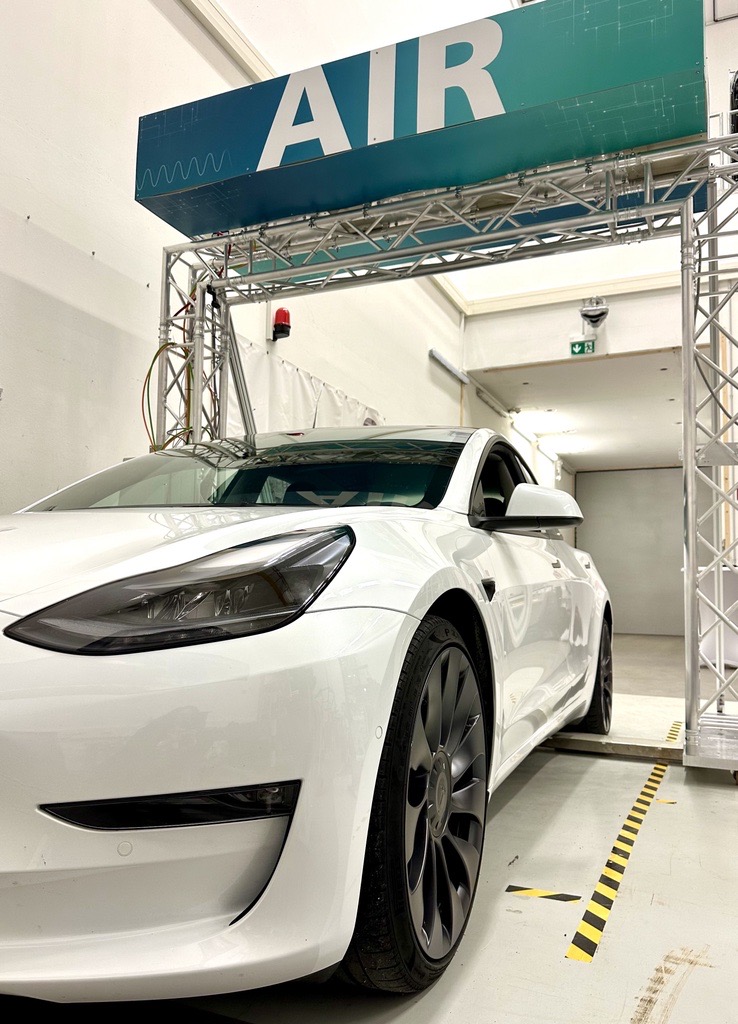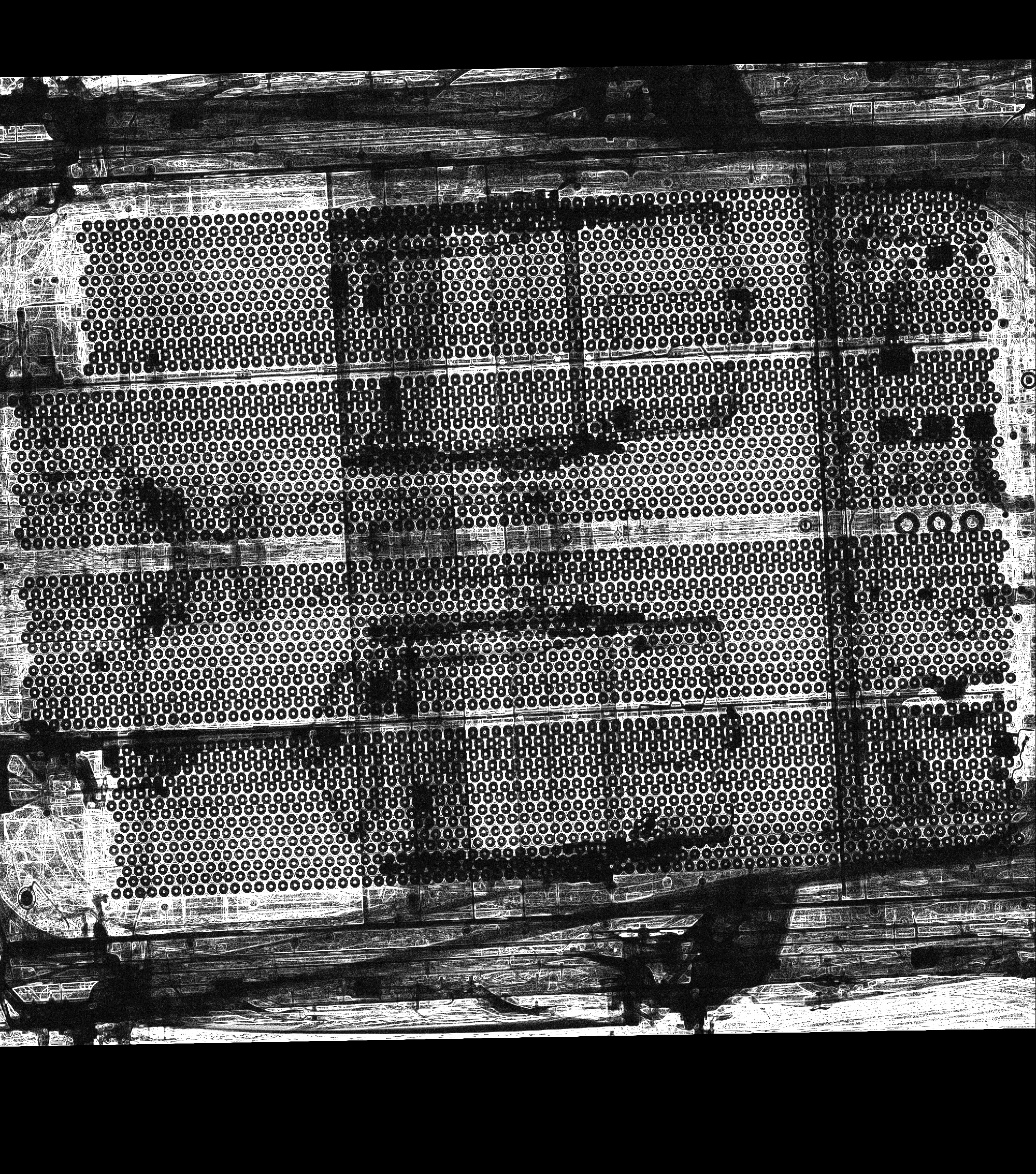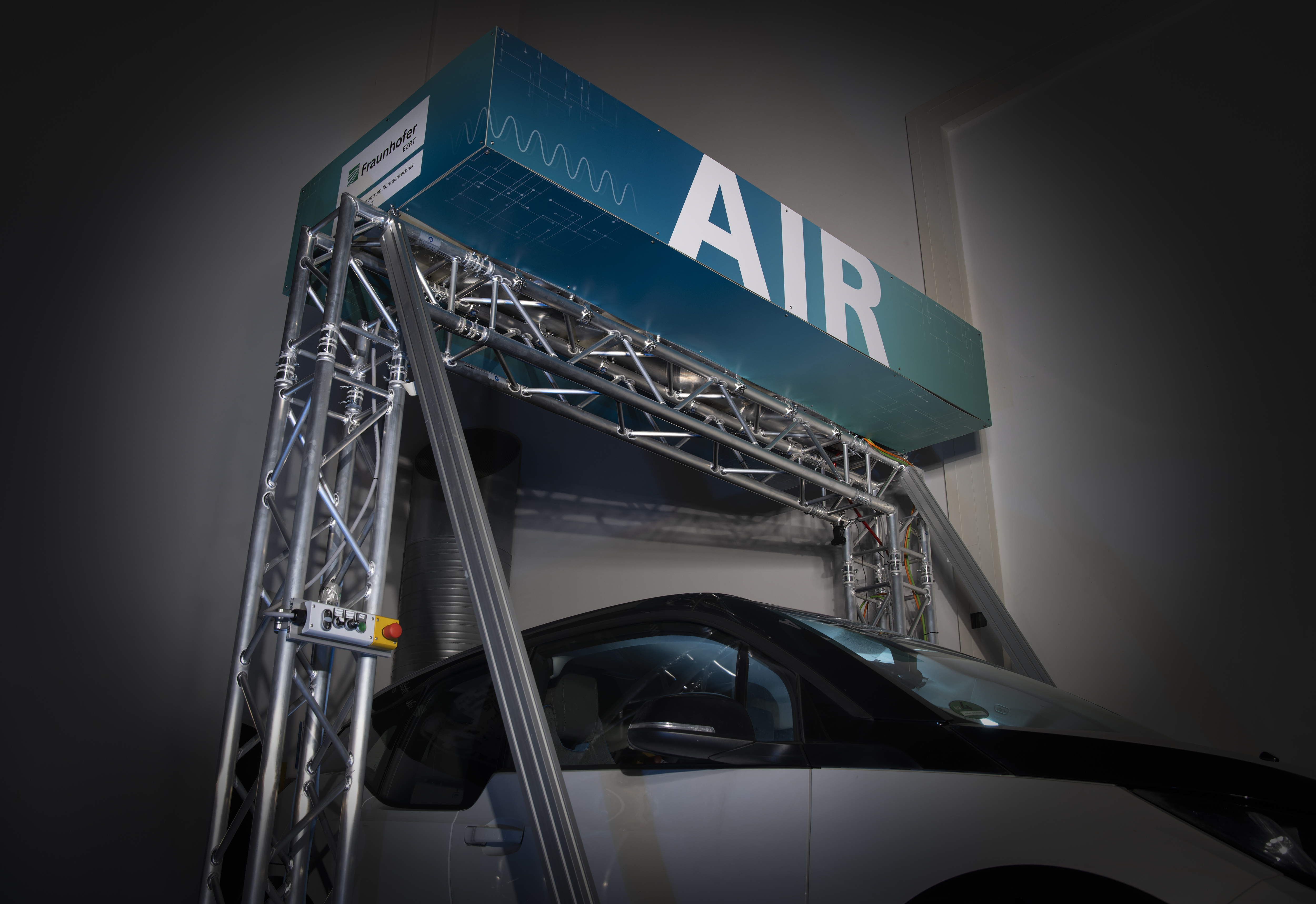For more road safety: AIR X-ray system examines electric-vehicle batteries
The Fraunhofer Development Center X-ray Technology EZRT, a division of the Fraunhofer Institute for Integrated Circuits IIS, has developed a novel testing method for electric-vehicle batteries. In collaboration with Hochschule München University of Applied Sciences, the scientists have now showcased the AIR research project (a German acronym for traction battery inspection using X-rays), presented measurement results from preliminary studies, and classified the possibilities that could open up for private users once the research project has been completed.



Only a few sites worldwide are currently able to perform a complete X-ray inspection of fully assembled vehicles under laboratory conditions – and one of them is the Development Center X-ray Technology at Fraunhofer IIS in Fürth. This procedure is complex and costly, however, so its use is currently restricted to companies that analyze particularly safety-relevant components in the development process. The newly developed AIR system (traction battery inspection using X-rays) changes all that: AIR makes it possible to visually assess the mechanical integrity of battery modules by taking an X-ray image of the vehicle together with the traction battery mounted in the underbody. To do this, the vehicle is driven into the measuring system, set up similar to a standard car wash. X-ray images are then taken from overhead. Positioned above the vehicle, the X-ray source emits a fine X-ray beam that passes through the vehicle, including the battery, and is picked up and processed by a detector positioned on the ground. This makes it possible to examine even fully encapsulated battery modules in detail so as to determine the mechanical condition of individual battery cells, the battery frame, and other features. The new system is specially designed to make inspections as fast and as cost-effective as possible.
The market needs objective options for evaluation
Up to now, assessments and evaluations of the condition of an electric-vehicle battery have been only very rudimentary. Experts like Prof. Klaus Böhm from Hochschule München University of Applied Sciences have to rely largely on diagnostic tools provided by the manufacturer. “In practice, the new process is essentially no different than performing fault diagnosis on any reasonably modern vehicle. Just plug it in, and the diagnostic software will read out any problems. In some cases, this diagnosis can be carried out over several days while the vehicle is on the road. In the event of more serious accidents, for example if a vehicle’s airbag has been deployed, the manufacturer provides very clear instructions. As a rule, the traction battery must be replaced, even if it wasn’t damaged,” Prof. Böhm says. On the one hand, such strict safety precautions are currently an unavoidable step in ensuring the operational safety of the vehicles – and thus also the safety of the occupants and other road users. But on the other, recycling batteries that are safe and fully functional is questionable from the point of view of sustainability and resource conservation. “There is a great need in the market for an additional objective option for evaluating vehicle batteries. That’s why for many years now, we’ve been researching X-ray systems that could play a central role in the assessment of high-performance batteries,” says Michael Salamon, group manager at the Development Center X-ray Technology at Fraunhofer IIS.
Fraunhofer IIS plans to field test and further develop the system to include damage assessment, value determination, and life-cycle analysis applications.
Voices on the project
Michael Salamon, Fraunhofer IIS: “For the first time, AIR technology makes it possible to quickly and easily carry out a detailed inspection of the vehicle underbody. By gearing the technology to the vehicle life cycle, Fraunhofer IIS is doing pioneering work as part of a strategic initiative to increase confidence in this still young technology, not least by helping a market for used electric cars to emerge.”
Prof. Klaus Böhm, Hochschule München University of Applied Sciences: “AIR has the potential to revolutionize the preparation of expert opinions in the context of electromobility – and beyond. The defined limits to today’s methods can be pushed much farther by incorporating AIR into a multidisciplinary approach. This will help reduce repair costs for electric vehicles. More accurate, more reliable appraisals should also make used-car processes more predictable and reduce insurance premiums for electric vehicles.”
